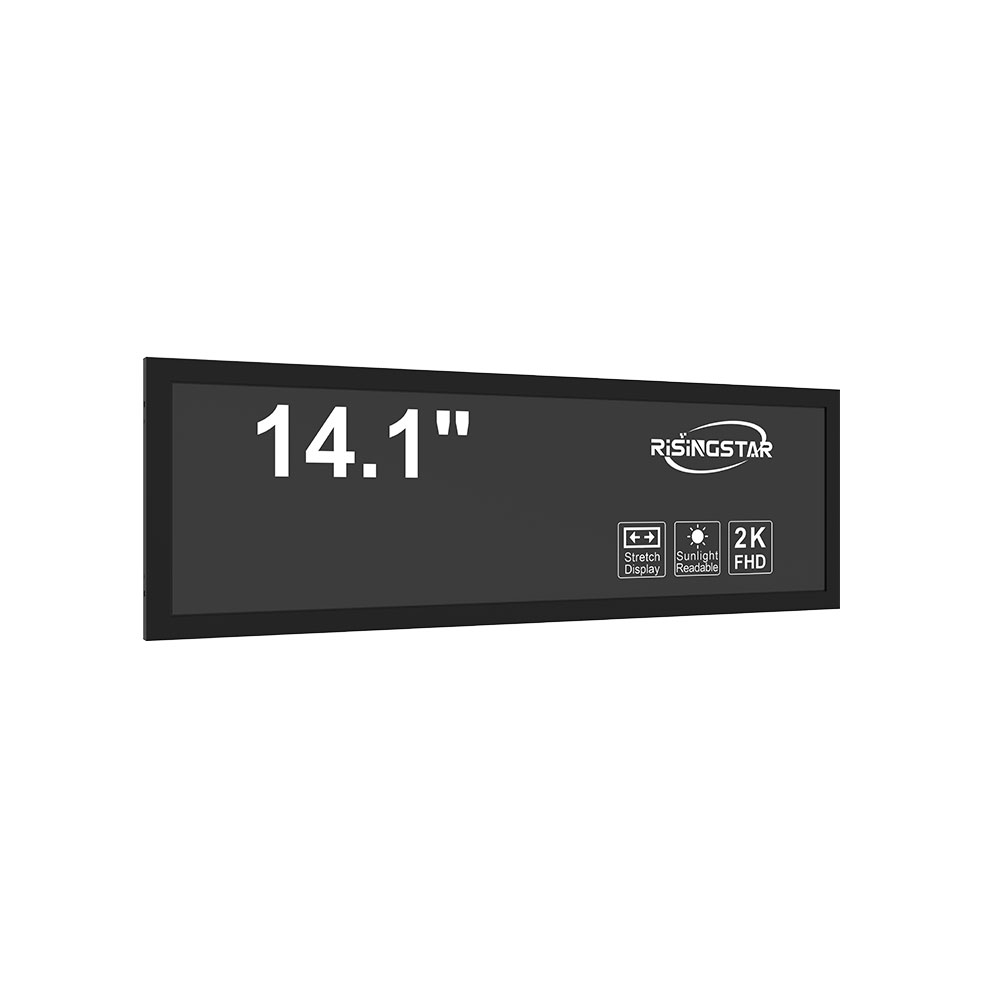- Home
- About Us
- Products
- News
- Video
- Contact
- Send Inquiry
Search
- Home
- About Us
- Products
- News
- Video
- Contact
- Send Inquiry

LCD (Liquid Crystal Display) technology has become ubiquitous across diverse sectors, including consumer electronics, signage, and industrial applications. However, like any technology, LCDs are susceptible to defects that can degrade performance and user experience. Understanding these common defects is crucial for manufacturers, engineers, and end-users alike to optimize display performance.
One of the most frequently encountered defects in LCD displays is dead pixels. A dead pixel is a pixel that fails to illuminate or remain permanently black, which can ruin the overall aesthetic of a display. Dead pixels can arise from various factors, including manufacturing flaws or damage from external forces. While the presence of a single dead pixel may be negligible, multiple dead pixels can significantly compromise the viewing experience.
Another prevalent issue is stuck pixels. Unlike dead pixels, a stuck pixel remains lit but shows a constant color, often red, green, or blue. Stuck pixels are often caused by electrical faults or defects in the liquid crystal alignment. Various techniques, such as using specialized software to cycle through colors rapidly, may help recover stuck pixels, but success is not guaranteed.
Backlight bleeding is yet another critical defect that can ruin LCD screens, particularly in dark viewing environments. This issue occurs when light leaks around the edges of the screen, resulting in uneven brightness and distracting artifacts, especially in dark scenes. Backlight bleeding can result from improper installation or manufacturing defects in the display's backlighting system. For high-performance displays, meticulous attention to the assembly process is vital to minimize this defect.

Color uniformity is paramount for professional displays where color accuracy is critical. Color uniformity issues arise when the display presents inconsistent colors across different areas. This defect can occur due to inconsistencies in the manufacturing process, including variations in the liquid crystal mixture or uneven backlighting. For applications such as digital signage and graphic design, ensuring color uniformity is essential to maintain brand integrity and deliver high-quality visuals.
Image persistence, commonly referred to as burn-in, is another defect affecting LCDs. This phenomenon occurs when static images are displayed for extended periods, causing ghost images to linger on the screen. While LCDs are less susceptible to burn-in compared to their OLED counterparts, it can still happen, especially under prolonged use in static environments such as signage displays. Utilizing screen savers or regularly changing content can help mitigate this risk.
Moreover, contrast ratio variations can lead to perceivable defects. The contrast ratio describes the difference between the darkest and brightest parts of an image. Poor contrast ratio can result in washed-out images, affecting the display's clarity and detail. Manufacturers must rigorously test their products to ensure they meet specified contrast ratio standards.
Arrayed incidents of moiré patterns can also plague LCD displays, particularly those used in various graphical contexts. This defect manifests as interference patterns that arise when fine patterns overlap during display rendering. Understanding the physics behind these patterns can help designers avoid situations that may contribute to this defect.
Detecting and addressing these defects requires a systematic approach. Quality control procedures during the manufacturing process play a crucial role in minimizing defects. Technologies such as automated visual inspection and rigorous testing protocols can identify and rectify potential issues before products reach the end-user.
In summary, understanding the common defects associated with LCD technology is crucial for enhancing user experience and preventing costly replacements. Continuous advancements in manufacturing processes, materials, and technology aim to minimize these defects. As the demand for high-quality displays grows across all industries, manufacturers and engineers must remain vigilant in addressing and resolving defects to satisfy customer expectations and ensure product longevity.